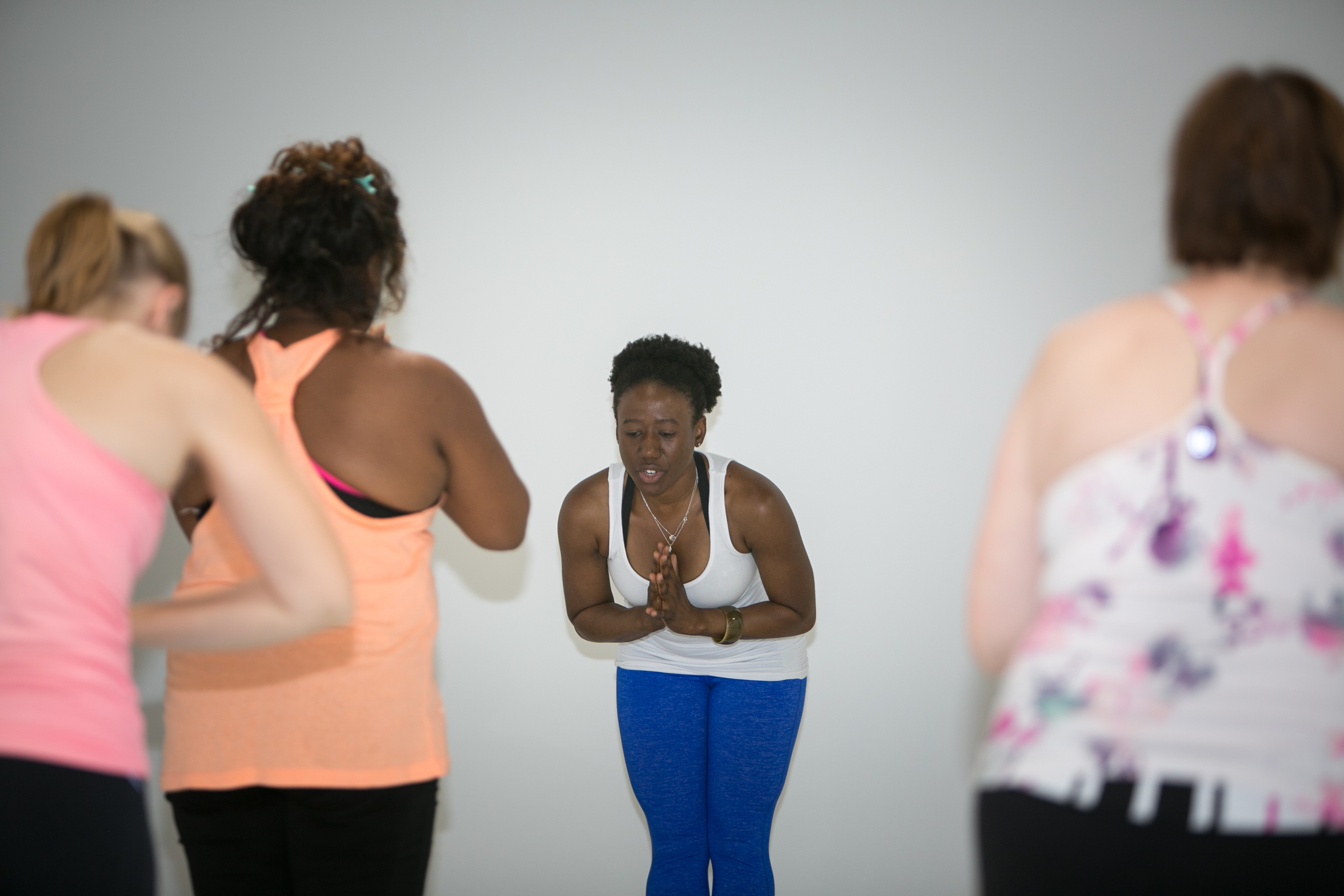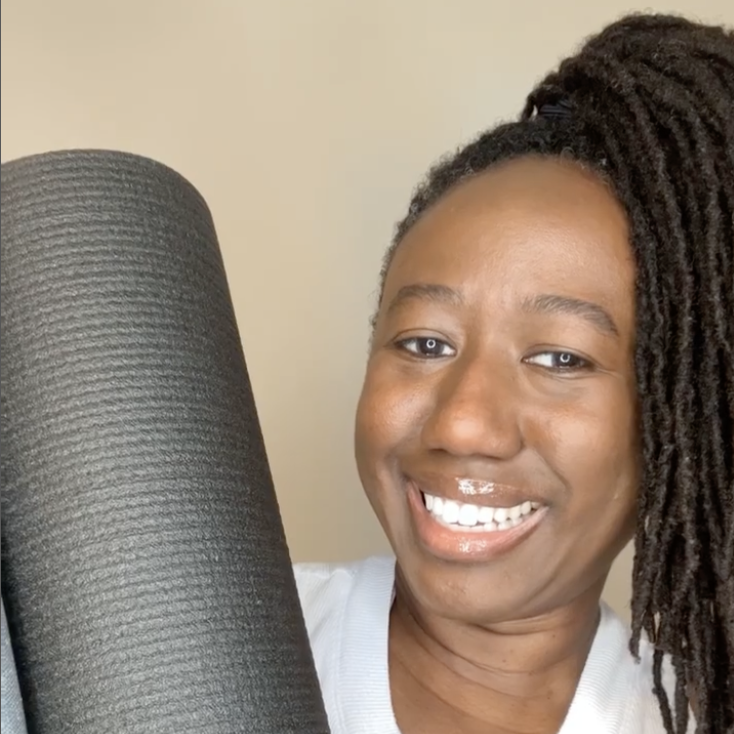Understanding GLP-1 Drugs
Contributor
As the popularity and use of GLP-1 drugs like Ozempic grows, questions about their safety and side effects come to the forefront. Like any drug therapy, ongoing monitoring is essential for safe and effective use. Keep reading to learn about the benefits, side effects, costs, and long-term maintenance of GLP-1 drugs.
What Are GLP-1 Drugs?
GLP-1 (glucagon-like peptide-1) receptor agonists are a class of drugs originally designed to treat type 2 diabetes. These drugs mimic your natural GLP-1 hormone, which plays a crucial role in regulating blood sugar levels and satiety. This hormone stimulates insulin release from the pancreas and reduces glucagon secretion, which helps to lower blood sugar. It also slows down gastric emptying, making people feel full longer, thus reducing overall food intake.
In recent years, they’ve gained attention for their effectiveness in weight loss management. Popular drugs in this class include semaglutide (sold as Ozempic for diabetes management and Wegovy fr weight loss), liraglutide(Saxenda for weight management and Victoza for diabetes), and dulaglutide known as Trulicity for type 2 diabetes management).
Benefits
The benefits of GLP-1 drugs include blood sugar control, weight loss, and cardiovascular protection.
Blood Sugar Control: For diabetics, GLP-1 drugs help stabilize blood sugar levels.
Weight Loss: These drugs reduce appetite and promote weight loss. One of the most popular uses of GLP-1 drugs today is for weight management. By slowing digestion and reducing appetite, these drugs lead to reduced calorie intake, promoting weight loss. Clinical studies show substantial weight loss over time, particularly with semaglutide (Wegovy) .
Heart Health: GLP-1 drugs have shown cardiovascular benefits, reducing risks of heart attack and stroke in patients with diabetes.
Side Effects
While effective, as the popularity and use of these drugs grows, questions about their safety and side effects come to the forefront. GLP-1 drugs come with potentially dangerous side effects.
Nausea and vomiting: Common in the early stages of treatment.
Diarrhea or constipation: Gastrointestinal issues are frequently reported.
Gallbladder issues: There's some evidence that GLP-1 drugs may increase the risk of gallstones or gallbladder issues, especially with rapid weight loss.
Pancreatitis: In rare cases, these drugs may lead to inflammation of the pancreas. Patients with a history of pancreatitis may be advised to avoid these drugs.
Low blood sugar: Although rare, hypoglycemia (low blood sugar) can occur, especially when GLP-1 drugs are combined with other diabetes medications like insulin or sulfonylureas.
Thyroid tumors: Animal studies have raised concerns about the potential for thyroid C-cell tumors, though this has not been confirmed in humans. As a precaution, people with a history of medullary thyroid cancer should avoid these drugs.
Pricing
The cost of GLP-1 drugs can be high, especially for weight loss treatments. For instance, Ozempic costs around $900 to $1,200 per month without insurance. Wegovy, specifically approved for obesity, is around $1,300 per month, while Saxenda is similarly priced. Trulicity costs around $800 to $1,200 per month. Insurance coverage varies, and many plans may not cover these drugs for weight loss purposes.
Many insurance plans cover GLP-1 drugs for diabetes treatment, though coverage for weight loss uses may be more limited. Patients without insurance or with high deductibles may face significant out-of-pocket costs. Some manufacturers offer savings programs or patient assistance to help reduce expenses.
Long-Term Maintenance of GLP-1 Drugs
Since GLP-1 drugs modify how the body processes food and controls hunger, long-term use raises important considerations that are distinct from short-term benefits and side effects.
Gradual Dosing Adjustments
The process of starting GLP-1 drugs typically involves slow dose escalation to minimize side effects, such as nausea, vomiting, or gastrointestinal discomfort. Over the long term, patients may experience fluctuations in how they tolerate these drugs. A common concern is whether side effects persist or re-emerge after years of use. While many people find that side effects stabilize after the initial adjustment period, it's essential to work with healthcare providers to monitor any changes in tolerance.
Sustainability
One of the major attractions of GLP-1 drugs for weight loss is their ability to maintain weight reduction over time. Studies have shown that users can sustain weight loss for several years, provided the medication is maintained. However, if the drug is discontinued, many patients regain weight. This means that long-term use may be required, making it critical for patients to weigh the pros and cons of remaining on these drugs indefinitely.
Lifestyle Adjustments
While GLP-1 drugs can be powerful aids in weight loss and diabetes management, they are not stand-alone solutions. Patients are encouraged to make lasting lifestyle changes, including maintaining a balanced diet, staying physically active, and managing stress. Long-term maintenance of GLP-1 drugs may be more successful when combined with these changes, as they can help enhance the effects and reduce dependency on medication.
Monitoring and Managing Long-Term Side Effects
Like any long-term drug therapy, ongoing monitoring is essential for safe and effective use. Although GLP-1 drugs are generally well-tolerated, long-term use can bring about certain concerns.
Pancreatic health: There has been some debate about whether long-term GLP-1 use could lead to an increased risk of pancreatitis (inflammation of the pancreas) or pancreatic cancer. Healthcare providers will monitor pancreatic function in patients using these medications over an extended period.
Gallbladder issues: Long-term use of GLP-1 drugs may increase the risk of developing gallbladder issues, such as gallstones. This risk is more pronounced in patients experiencing significant weight loss. As a result, patients on GLP-1 medications should report any symptoms of gallbladder disease, such as abdominal pain or jaundice, to their healthcare provider.
Kidney function: Some studies suggest that GLP-1 drugs can have protective effects on kidney function, particularly for people with type 2 diabetes who are at risk for kidney disease. Nevertheless, regular monitoring of kidney function remains essential, especially for patients with pre-existing kidney conditions.
Thyroid concerns: In animal studies, some GLP-1 drugs were linked to thyroid C-cell tumors, although the relevance of this finding to humans is still unclear. Patients with a personal or family history of medullary thyroid cancer or multiple endocrine neoplasia syndrome type 2 should discuss these risks with their healthcare providers.
When to Consider Discontinuing GLP-1 Therapy
For some, GLP-1 receptor agonists may serve as a long-term solution, while others may choose to stop after achieving their desired health outcomes. It’s important to understand that discontinuing GLP-1 drugs can lead to weight regain and potentially worsened blood sugar control. This makes careful planning and regular discussions with a healthcare provider essential before making changes to your medication regimen.
Patients may also choose to discontinue due to side effects, the financial cost of medication, or personal preference. In such cases, it's important to have a strategy in place for maintaining the health benefits achieved during the course of treatment through lifestyle changes and, if necessary, alternative medications.
Weighing the Long-Term Commitment
Long-term maintenance of GLP-1 drugs offers promising results for people looking to manage type 2 diabetes, achieve weight loss, or protect cardiovascular health. However, as with any medication, the decision to remain on these drugs for the long haul should be made in collaboration with a healthcare provider, taking into account the risks, benefits, and personal health goals.
Patients who commit to long-term use must also maintain regular follow-ups to monitor potential side effects, adapt lifestyle habits, and make necessary adjustments as their health evolves. With the right approach, GLP-1 drugs can be a valuable part of long-term health management.
In summary, GLP-1 drugs offer significant benefits for both blood sugar management and weight loss but come with notable side effects, long-term maintenance, and a high price tag. Always consult a healthcare provider to make an informed decision and determine if they are right for you.




























